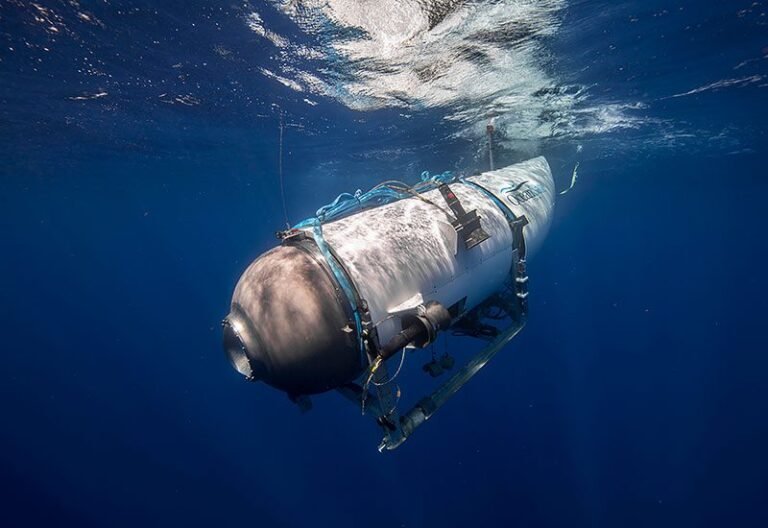The U.S. Coast Guard Report on the Loss of the Titan Submersible
The U.S. Coast Guard Marine Board of Investigation (MBI) released its comprehensive 300-page Report of Investigation (ROI) on Tuesday detailing how the loss of the Titan submersible, which imploded during a June 2023 dive to the Titanic wreckage, was “preventable” and resulted from multiple systemic failures at OceanGate.
“This marine casualty and the loss of five lives was preventable,” said Jason Neubauer, Titan MBI chair. “The two-year investigation has identified multiple contributing factors that led to this tragedy, providing valuable lessons learned to prevent a future occurrence. There is a need for stronger oversight and clear options for operators who are exploring new concepts outside of the existing regulatory framework. I am optimistic the ROI’s findings and recommendations will help improve awareness of the risks and the importance of proper oversight while still providing a pathway for innovation.”
The investigation determined that the primary cause of the incident was the loss of structural integrity of the Titan’s carbon fiber hull, with the probable failure point being either the adhesive joint between the forward dome and titanium segment, or the carbon fiber hull near the forward end of the submersible. The catastrophic implosion occurred at approximately 10:47:09 a.m. on June 18, 2023, at a depth of 3,346.28 meters, resulting in the immediate death of all five occupants who were exposed to approximately 4,930 pounds per square inch of water pressure.
The board identified OceanGate’s inadequate design, certification, maintenance, and inspection processes as the primary contributing factors to the tragedy. Additionally, the investigation cited a toxic workplace culture at OceanGate, inadequate regulatory frameworks for novel vessel designs, and an ineffective whistleblower process under the Seaman’s Protection Act as significant contributing elements.
According to the investigation, OceanGate strategically exploited regulatory gaps and confusion to operate the Titan completely outside established deep-sea protocols that have historically contributed to a strong safety record for commercial submersibles.
Dive 80
One of the most alarming findings was OceanGate’s continued use of the TITAN despite warning signs from previous dives. The report details how the Titan’s real-time monitoring system generated data during a July 2022 dive—known as ‘Dive 80’—that should have been analyzed and acted upon, but OceanGate took no action related to the data.
During Dive 80 on July 15, 2022, the Titan’s monitoring systems recorded a “major acoustic emission event” with significant strain gauge readings that indicated potential structural issues.
Toxic Workplace
The MBI also highlighted OceanGate’s “toxic workplace environment which used firings of senior staff members and the looming threat of being fired to dissuade employees and contractors from expressing safety concerns.”
Final Dive
The investigation provides a detailed timeline of the final dive. Mission 5 of the 2023 Titanic Expedition began on June 16, 2023, when the support vessel Polar Prince departed from St. John’s, Newfoundland with 42 persons on board.
Safety Recommendations
The report includes 17 safety recommendations aimed at strengthening oversight of submersible operations. These include restricting Oceanographic Research Vessel designations for submersibles, expanding federal and international requirements to all submersibles conducting scientific or commercial dives, and requiring Coast Guard documentation for all U.S. submersibles.
This detailed investigation reveals how regulatory gaps, corporate negligence, and a toxic workplace culture combined to create conditions that led to this tragedy. The Coast Guard’s recommendations, if implemented, could significantly improve the safety framework for novel vessel designs and experimental submersibles, potentially preventing similar incidents in the future while still allowing for maritime innovation.
The full MBI report can be found here.

